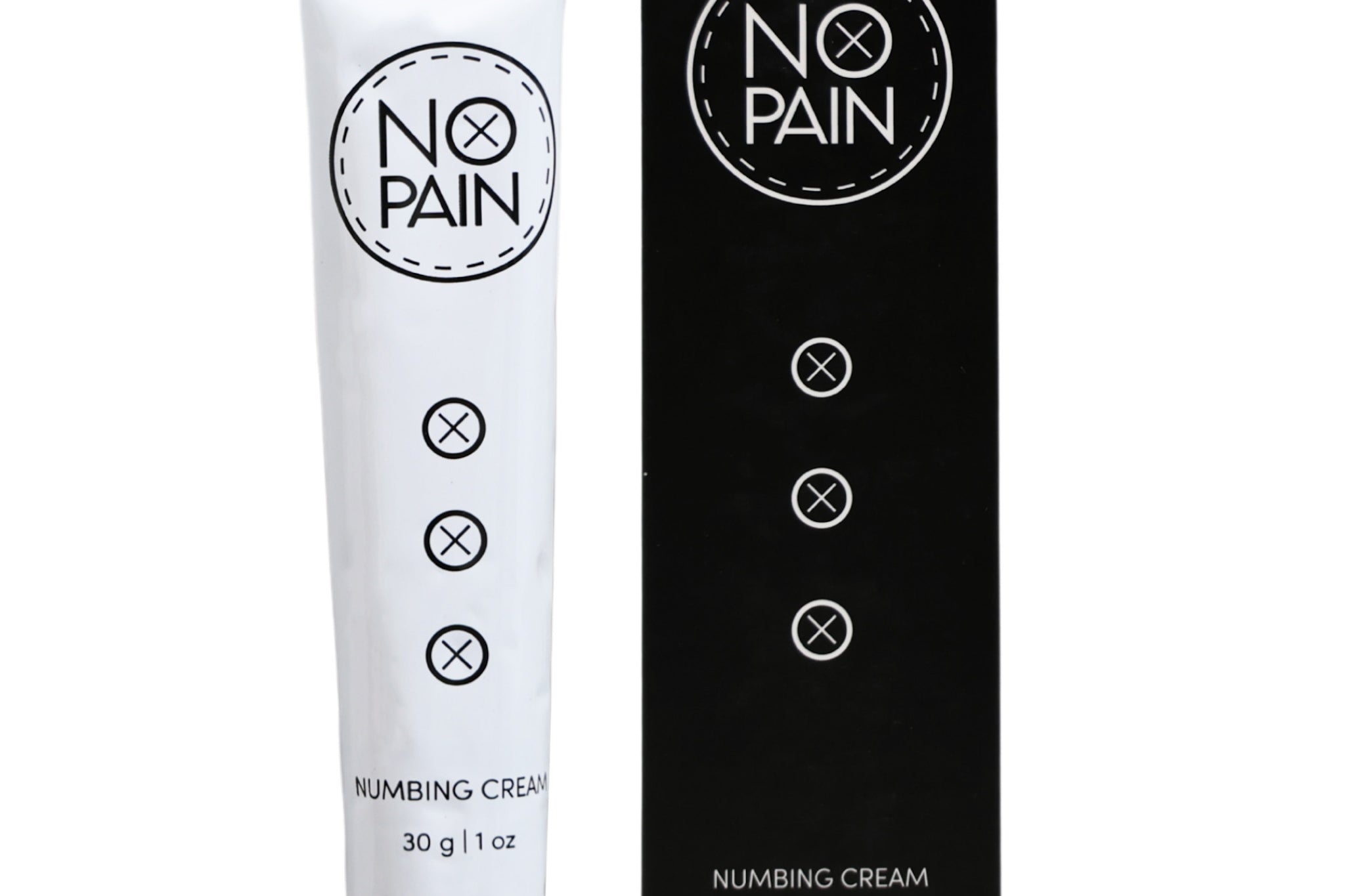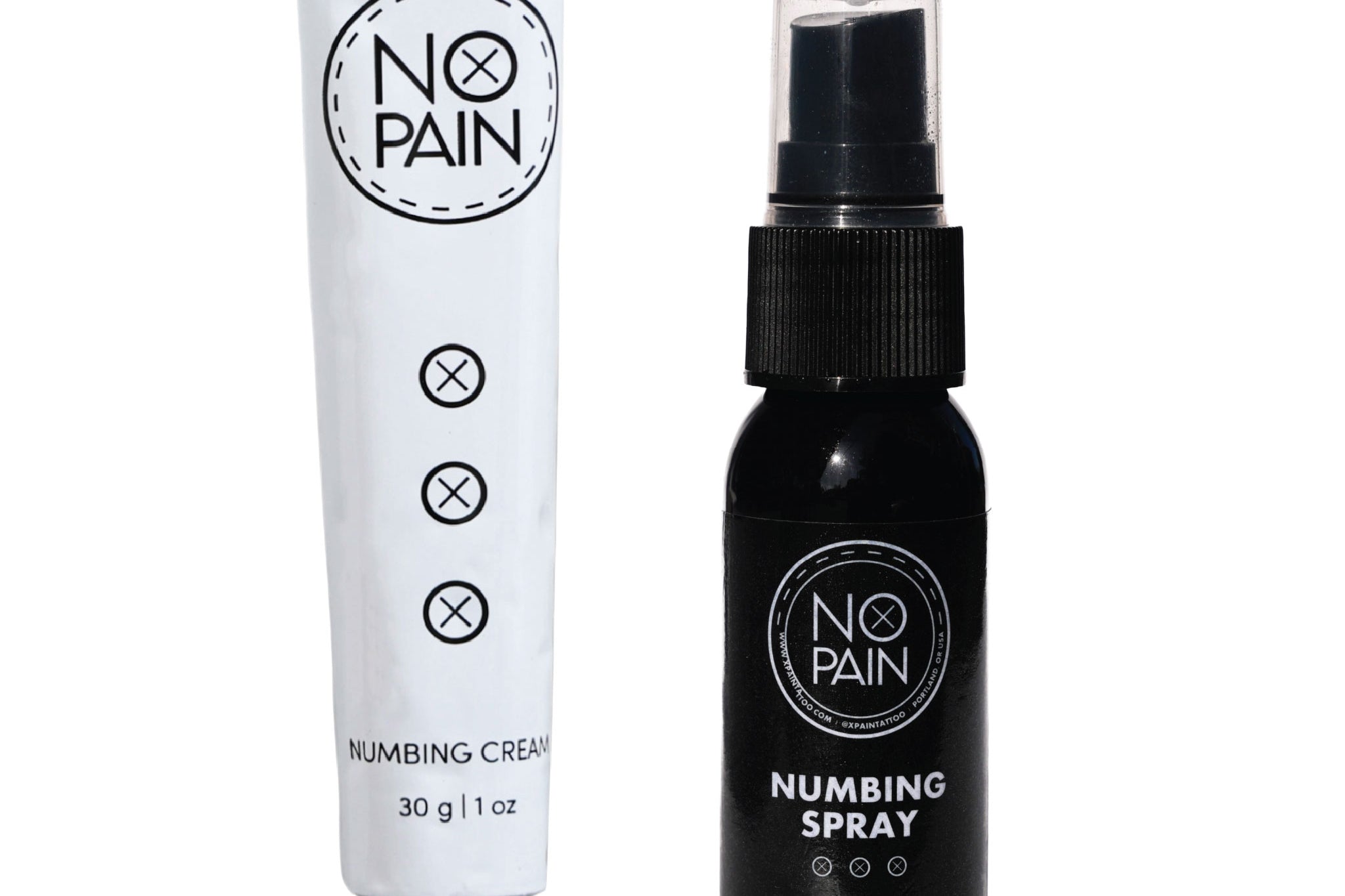If you're one of the 40% of adults who live with Keratosis Pilaris (KP)—often called "chicken skin"—the decision of whether or not you can get tattooed, can be fraught with extra questions. Those persistent little bumps on your upper arms, thighs, or back might make you wonder: "Can I even get a tattoo if I have KP? And what will it look like?"
The answer for many people is yes, in most cases, you can absolutely get a beautiful tattoo if you have Keratosis Pilaris. However, there are some very important factors to consider to ensure the best possible outcome.
This is your complete guide to navigating the tattoo process with KP, from preparation to long-term care.
Disclaimer: This guide is for informational purposes only. It's always best to consult with a dermatologist about your specific skin condition before getting a tattoo.
First, What is Keratosis Pilaris (KP)?
KP is a very common and completely harmless genetic skin condition. It's caused by a buildup of keratin—a natural protein that protects the skin—which forms hard plugs inside the hair follicles. This is what creates those signature tiny, rough, sandpaper-like bumps. It is not an infection, it is not contagious, and it is not a sign of poor hygiene.
The Challenges of Tattooing Over KP
-
The "Bumpy" Canvas: The main challenge is the texture. An artist is tattooing over an uneven surface. While the needle will go through the keratin plugs, the final healed tattoo may not look perfectly smooth. The physical texture of the KP bumps will likely still be visible and tangible through the healed tattoo.
-
Potential for Irritation: Skin with KP can be more sensitive and prone to irritation. The tattooing process might cause a bit more redness and inflammation than it would on unaffected skin.
-
Ink Saturation Can Vary: In some cases, the ink may not saturate as evenly in the dense keratin plugs as it does in the surrounding skin. This could lead to a very subtly speckled or less solid appearance in those tiny spots after healing. A skilled artist will know how to work with the skin to minimize this.
Your Pre-Tattoo Action Plan
1. Get Your KP Under Control
Do not get tattooed during a bad flare-up when the area is red and inflamed. In the weeks leading up to your appointment, focus on your regular skincare routine to get the area as smooth and calm as possible. This often includes consistent, gentle exfoliation and daily moisturizing.
2. Find the Right Artist
This is crucial. You need to find an experienced artist and be completely upfront with them about your KP during the consultation. Ask them if they have experience tattooing over it. A true professional will appreciate your honesty, tell you what to expect for a healed result, and know how to adjust their technique for your skin.
3. Consider the Design
Designs with a lot of organic texture and shading—like flowers, flowing patterns, animal fur, or cosmic scenes—are often more forgiving and look more natural on KP-affected skin than designs with large, flat fields of solid color or perfect, rigid geometric lines.
Aftercare for KP-Prone Skin: The Most Important Step
Aftercare for a tattoo on KP-prone skin requires a delicate balance. You need to provide deep moisture to prevent scabbing, but you must use a product that is non-comedogenic so you don't further clog the hair follicles, which is the root cause of KP in the first place.
This is why a professionally formulated, breathable aftercare system is the safest bet.
-
Gentle Cleansing: Our No Pain Tattoo Cleansing Foam is hypoallergenic and won't irritate your already sensitive skin.
-
The Perfect Moisturizer: This is where our No Pain Tattoo Aftercare Balm truly shines for KP skin. It is non-comedogenic, meaning it's specifically designed not to clog pores. It provides the deep, nourishing hydration your healing tattoo needs without contributing to the keratin buildup that causes KP bumps.
The Verdict: Can you get a tattoo if you have Keratosis Pilaris? Yes, you can. The condition should not stop you from getting the body art you desire. The keys to a successful outcome are managing your KP before the session, choosing an experienced artist who understands the skin condition, and using a gentle, non-comedogenic aftercare routine. By taking these extra steps, you can confidently get a tattoo that you will love.




